Ralph Abbey
An AI-Augmented Lesion Detection Framework For Liver Metastases With Model Interpretability
Jul 17, 2019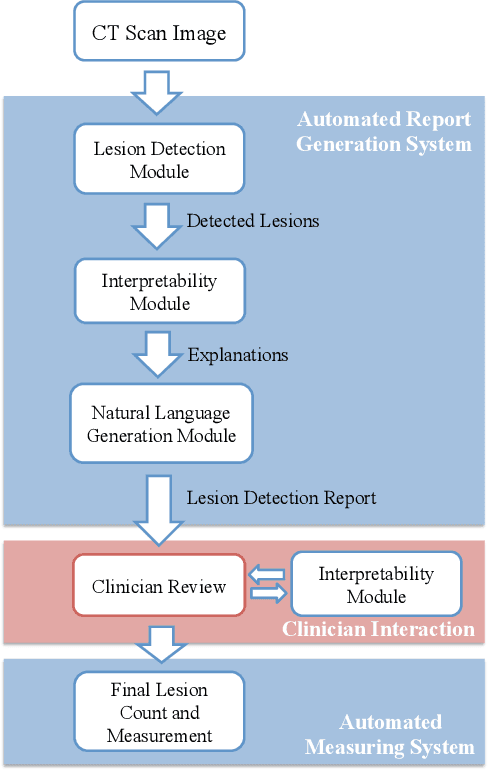
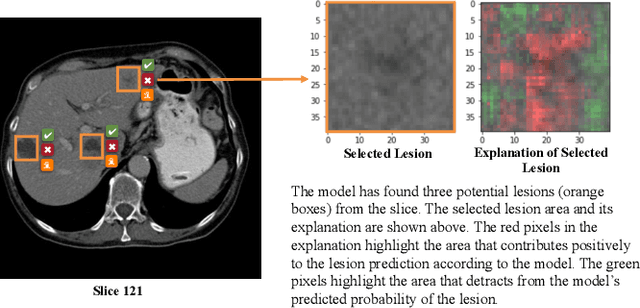
Abstract:Colorectal cancer (CRC) is the third most common cancer and the second leading cause of cancer-related deaths worldwide. Most CRC deaths are the result of progression of metastases. The assessment of metastases is done using the RECIST criterion, which is time consuming and subjective, as clinicians need to manually measure anatomical tumor sizes. AI has many successes in image object detection, but often suffers because the models used are not interpretable, leading to issues in trust and implementation in the clinical setting. We propose a framework for an AI-augmented system in which an interactive AI system assists clinicians in the metastasis assessment. We include model interpretability to give explanations of the reasoning of the underlying models.
High-Performance Support Vector Machines and Its Applications
May 01, 2019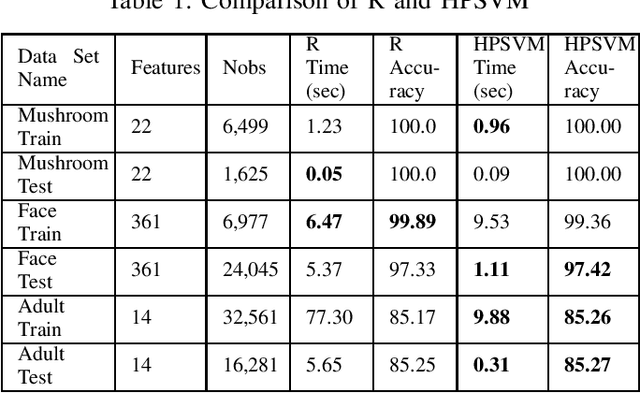


Abstract:The support vector machines (SVM) algorithm is a popular classification technique in data mining and machine learning. In this paper, we propose a distributed SVM algorithm and demonstrate its use in a number of applications. The algorithm is named high-performance support vector machines (HPSVM). The major contribution of HPSVM is two-fold. First, HPSVM provides a new way to distribute computations to the machines in the cloud without shuffling the data. Second, HPSVM minimizes the inter-machine communications in order to maximize the performance. We apply HPSVM to some real-world classification problems and compare it with the state-of-the-art SVM technique implemented in R on several public data sets. HPSVM achieves similar or better results.
Data Clustering via Principal Direction Gap Partitioning
Nov 17, 2012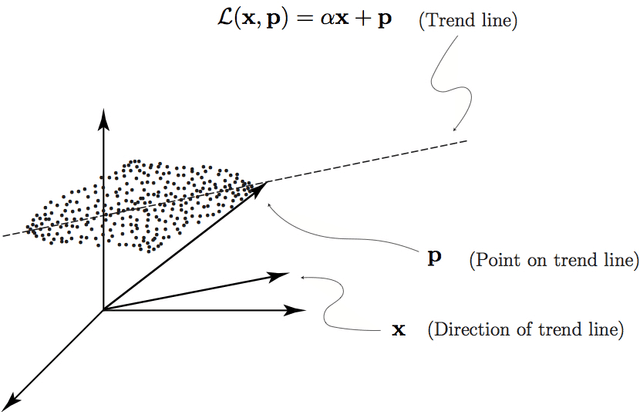
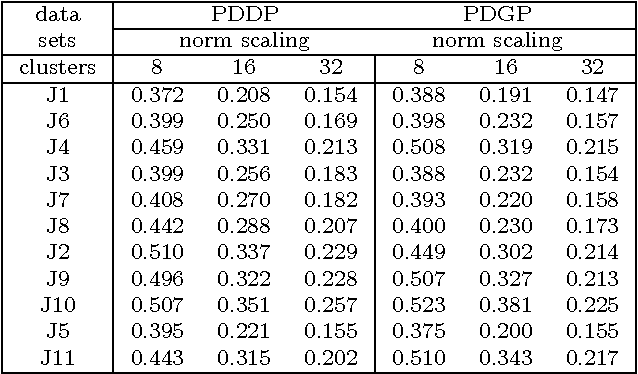
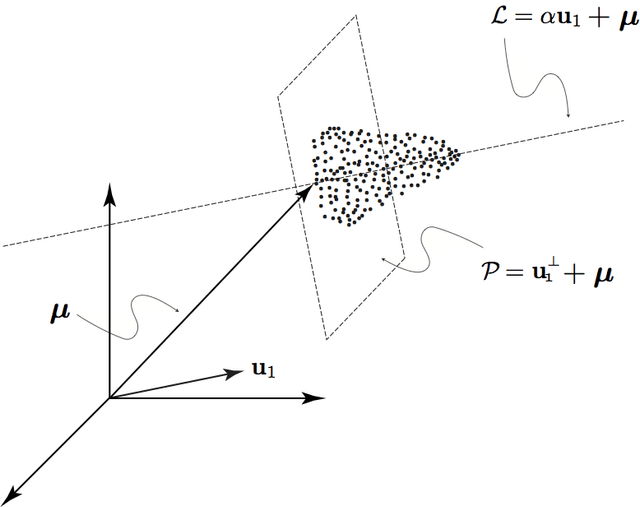
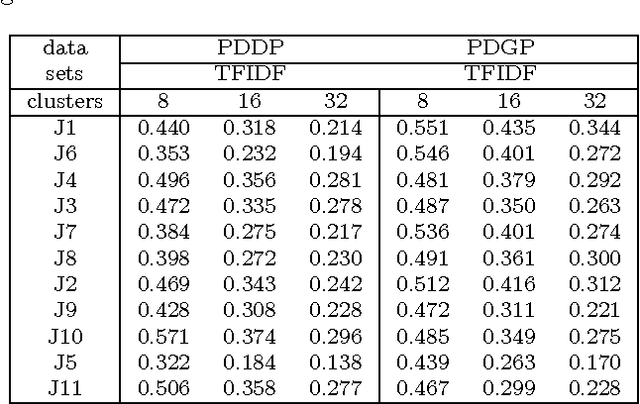
Abstract:We explore the geometrical interpretation of the PCA based clustering algorithm Principal Direction Divisive Partitioning (PDDP). We give several examples where this algorithm breaks down, and suggest a new method, gap partitioning, which takes into account natural gaps in the data between clusters. Geometric features of the PCA space are derived and illustrated and experimental results are given which show our method is comparable on the datasets used in the original paper on PDDP.
 Add to Chrome
Add to Chrome Add to Firefox
Add to Firefox Add to Edge
Add to Edge